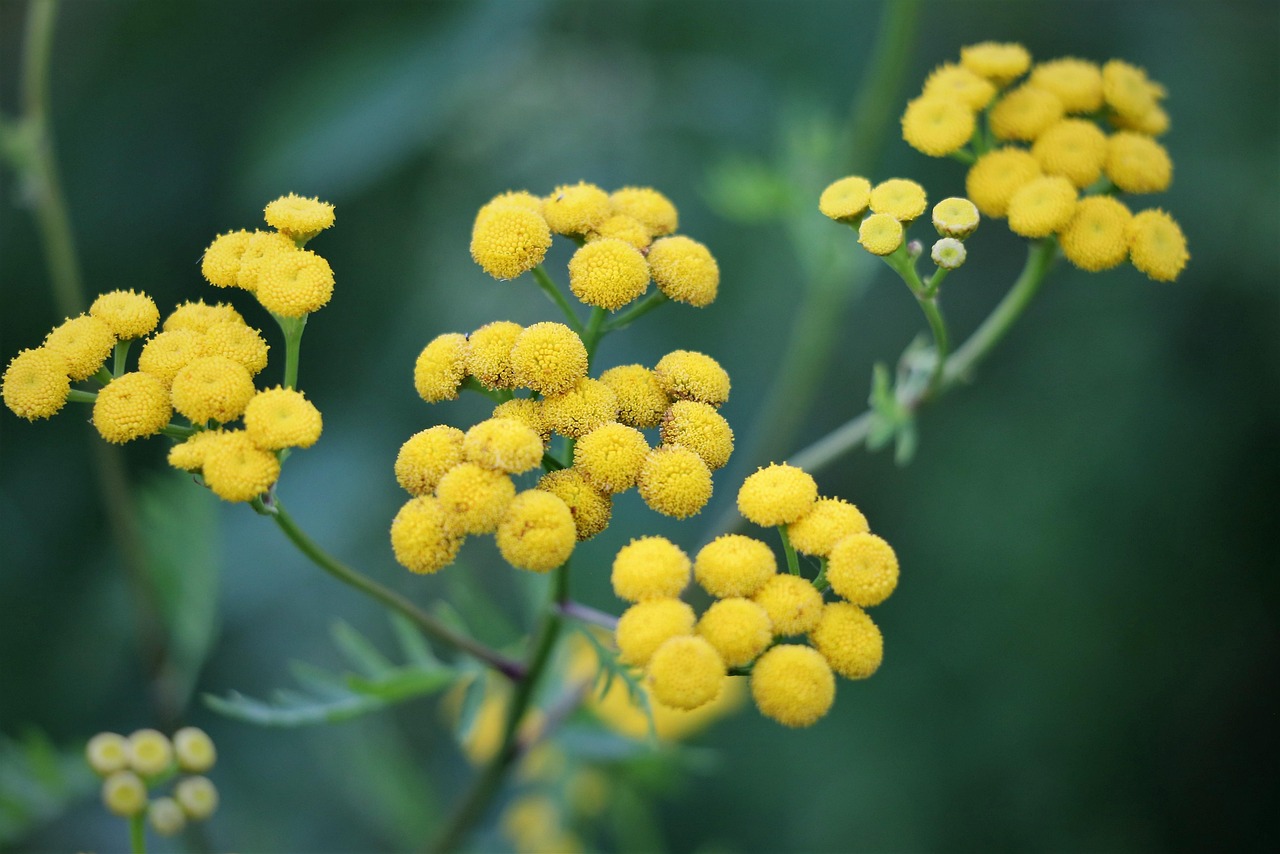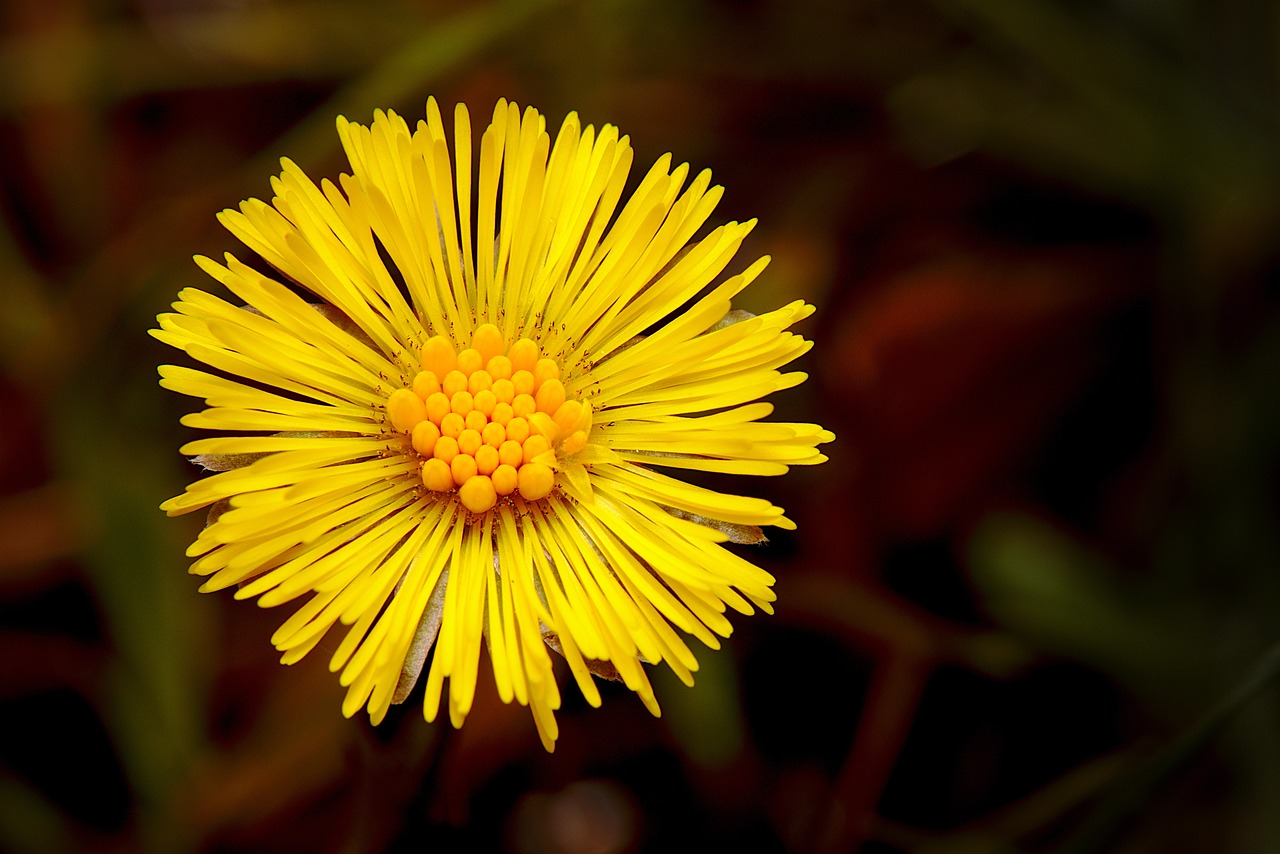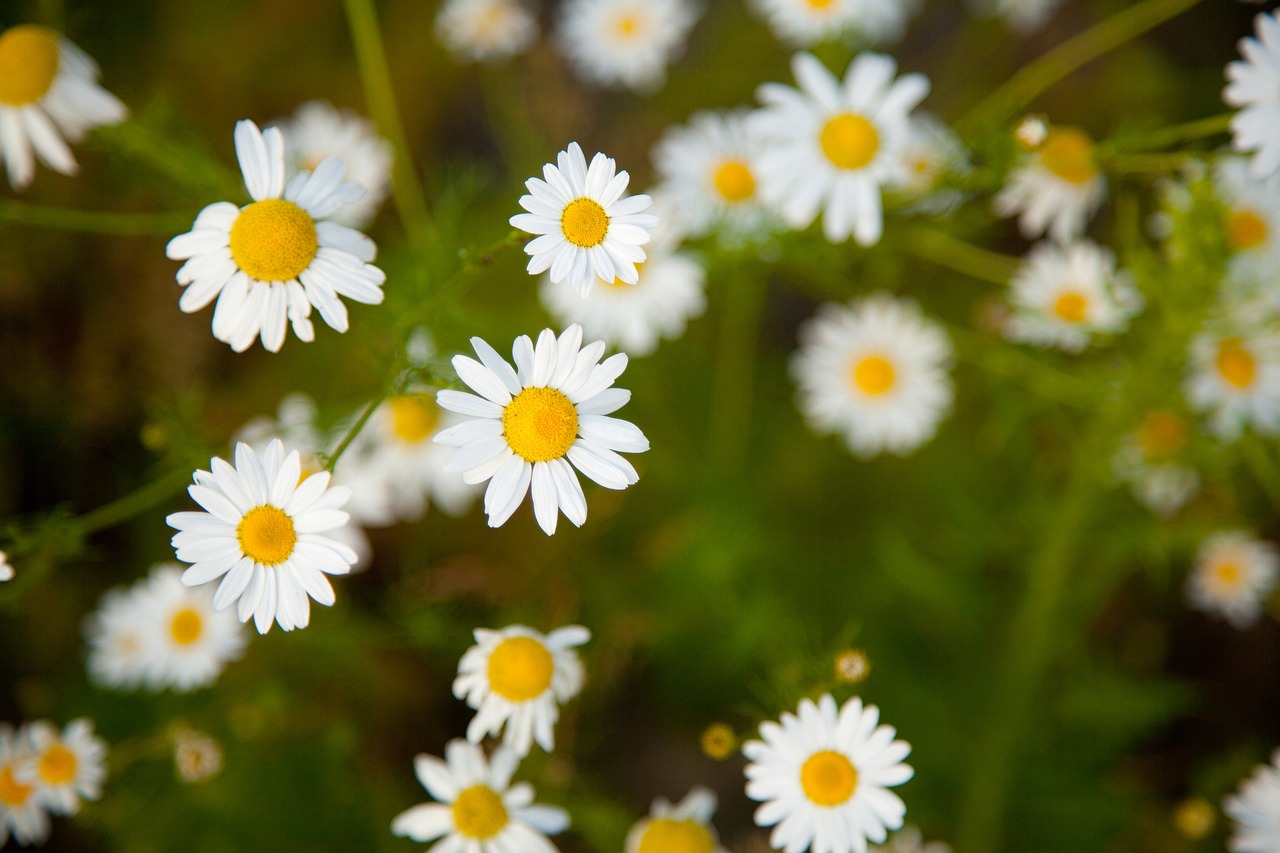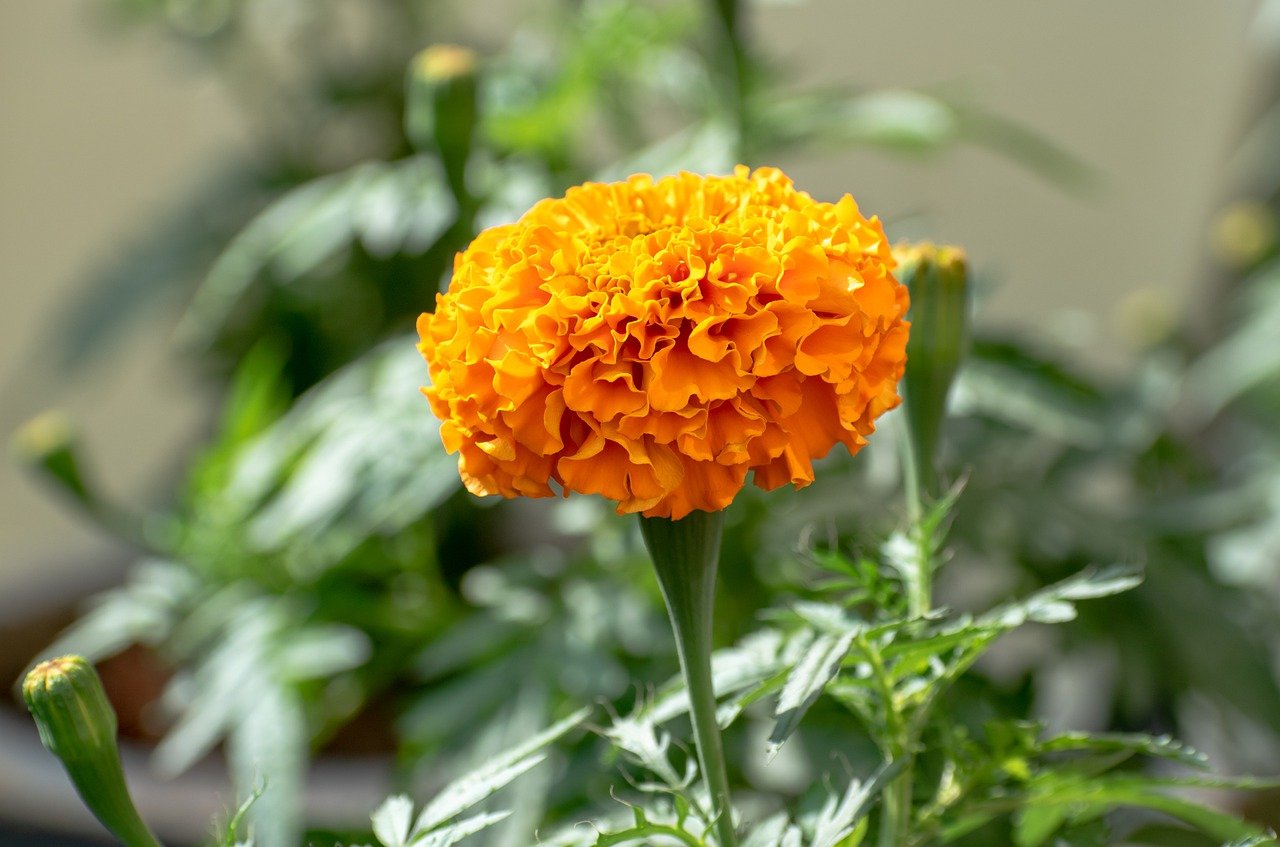Echinacea | The Guardian Flower of Native Americans, Embodying the Power of the Earth
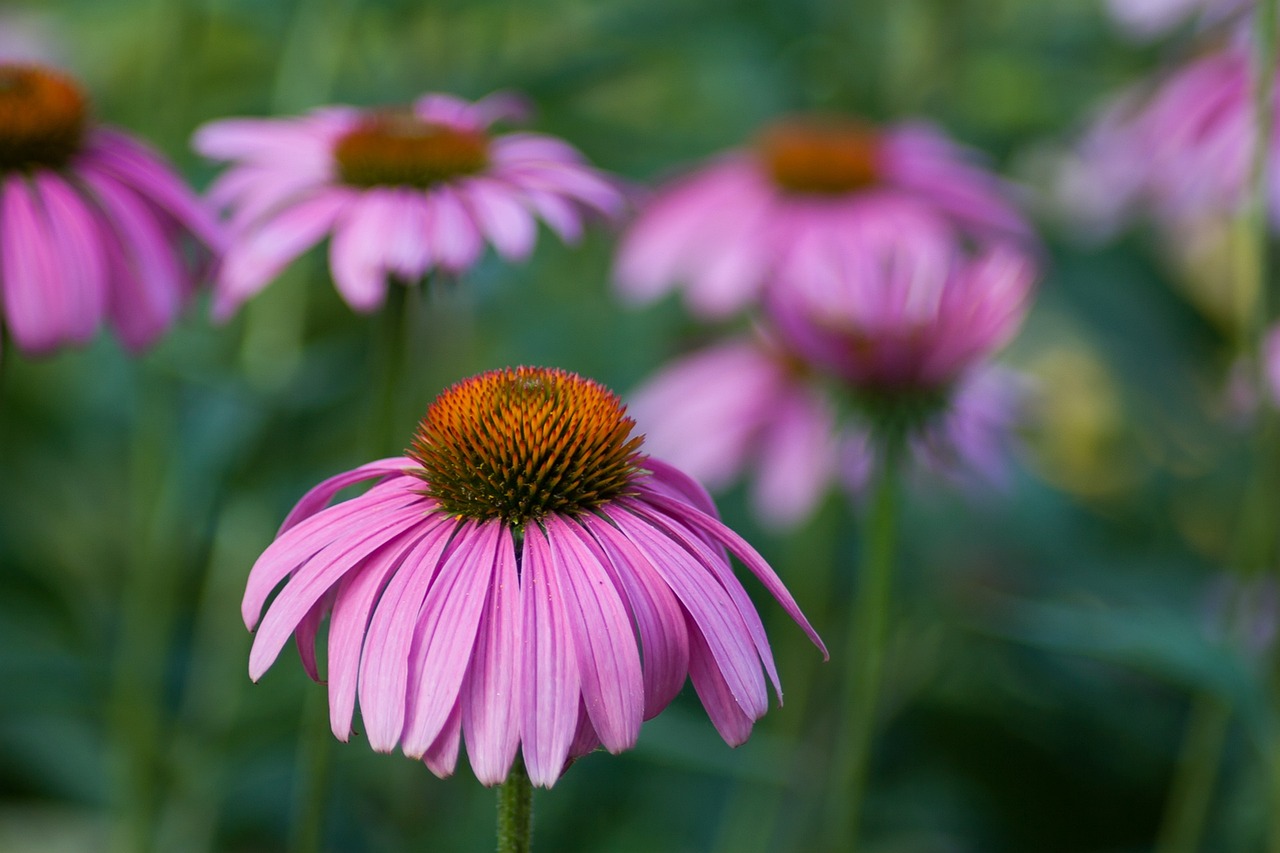
Echinacea is a perennial flower native to North America, known for its distinctive appearance and robust bloom. It is easy to grow even for gardening enthusiasts, and its vivid colors bring brightness to gardens and flower beds.
In this article, I will explain in detail the basic information, cultural background, historical episodes, and cultivation methods of Echinacea.
Basic Information
- Scientific name: Echinacea purpurea
- Family: Asteraceae
- Origin: North America
- Appearance: Echinacea produces large blossoms at the tips of its stems. The petals are long and slender, with colors ranging from pink and purple to orange and yellow, while the center forms a dome-shaped cone. Depending on the variety, the height ranges from 60 to 120 cm, making it suitable both for garden planting and as cut flowers.
- Blooming season: From early summer to autumn (June to October), allowing long-lasting enjoyment of its flowers.
Cultural Characteristics Around the World

Echinacea naturally grows across the vast prairies of North America and has long been deeply connected with Native American culture.
The Native peoples regarded Echinacea as a sacred plant, using it symbolically in rituals and ceremonies that emphasized harmony with nature.
Because of its striking beauty, Echinacea also gained popularity as an ornamental plant, and today it is widely cultivated in gardens and parks far beyond North America.
In Europe, Echinacea is often regarded as a symbol of “strength” and “hope,” making it a frequent choice for bouquets and floral arrangements.
In modern times, Echinacea has become a central accent in gardens, loved as a plant that embodies the popular gardening theme of “harmony with nature.”
Historical Episodes
The history of Echinacea begins with Native American culture.
They valued the flower as an essential presence in daily life and rituals, treating it as a plant symbolizing the bond with nature.
In the 19th century, European explorers discovered Echinacea, were captivated by its beauty, and brought seeds back to Europe.
It soon became a new icon of gardens, incorporated into Victorian-era garden design.
With its strong and upright form, Echinacea came to be seen as a symbol of “independence” and “determination.” Particularly after the American independence movement, it was cherished as a flower embodying the spirit of freedom.
Gardening Advice
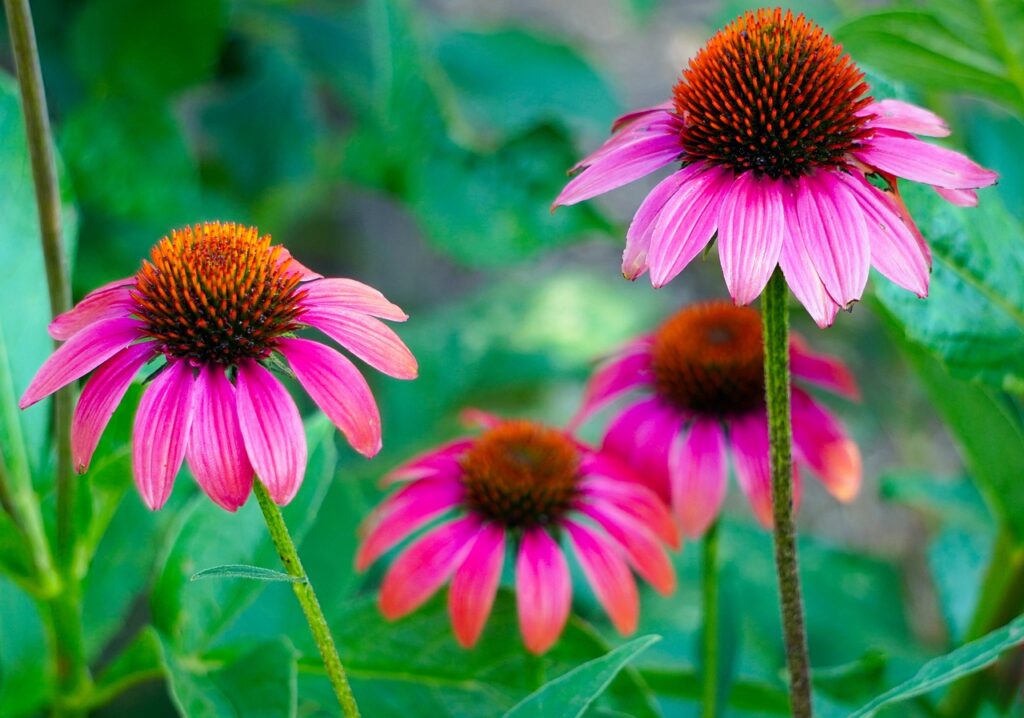
Echinacea is an easy-to-grow perennial, ideal even for beginners.
It prefers sunny locations with at least six hours of direct sunlight. Highly tolerant of both heat and cold, it can be cultivated in a wide range of climates.
It grows best in well-drained soil and should be protected from excessive moisture. Once planted in fertile soil, it will bloom year after year with little additional care.
Watering is necessary only after the surface soil has dried; as a drought-tolerant plant, it does not require frequent watering.
Fertilizer given once or twice in spring is sufficient for abundant flowering.
Pruning should be done after flowering, removing spent blooms to encourage new ones.
Although the above-ground parts wither in winter, the roots remain alive, allowing new shoots to sprout in spring. With minimal effort, it adds beauty to the garden year after year.
Conclusion
Echinacea, a strong and graceful flower native to North America, has been cherished for its beauty and cultural significance.
It is easy to cultivate and loved by gardeners of all levels, from beginners to experts.
I encourage you to grow Echinacea in your garden or on your balcony, and enjoy its long blooming season and vibrant colors.

